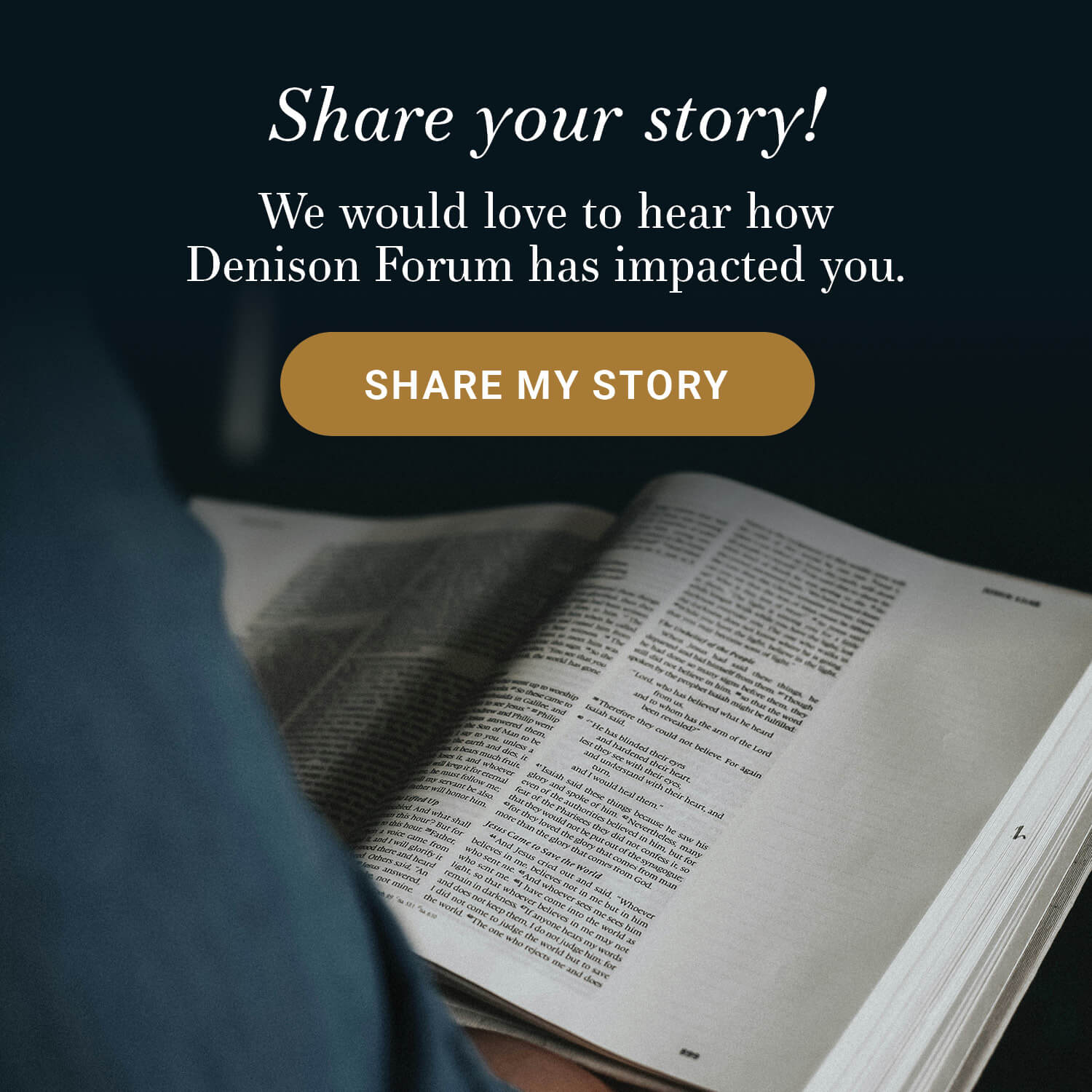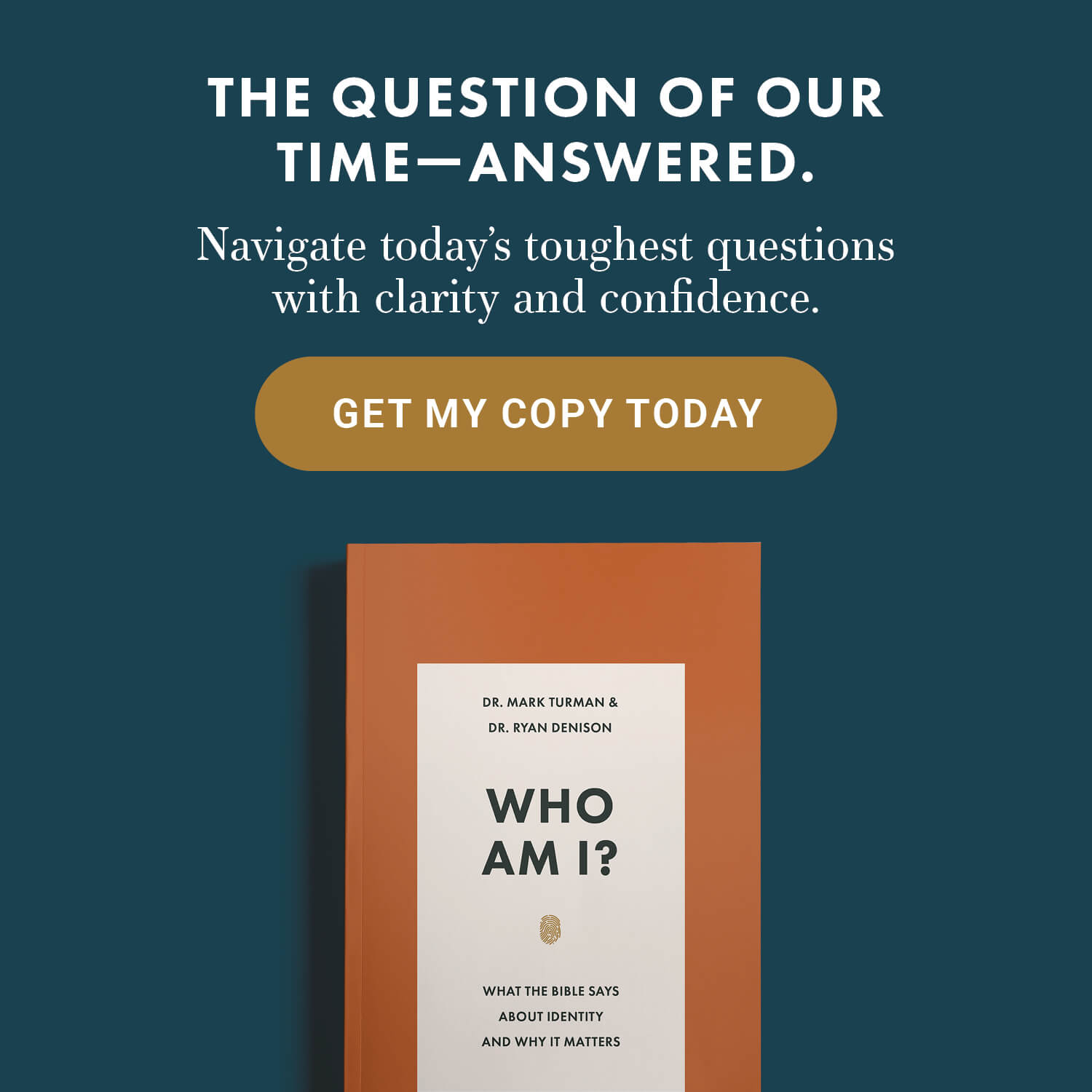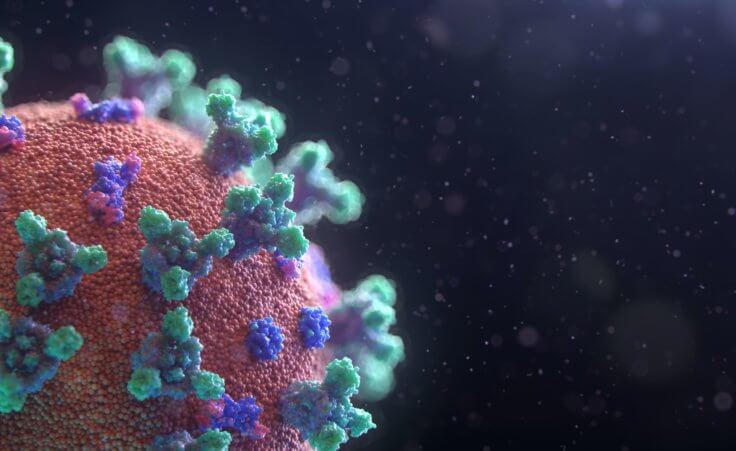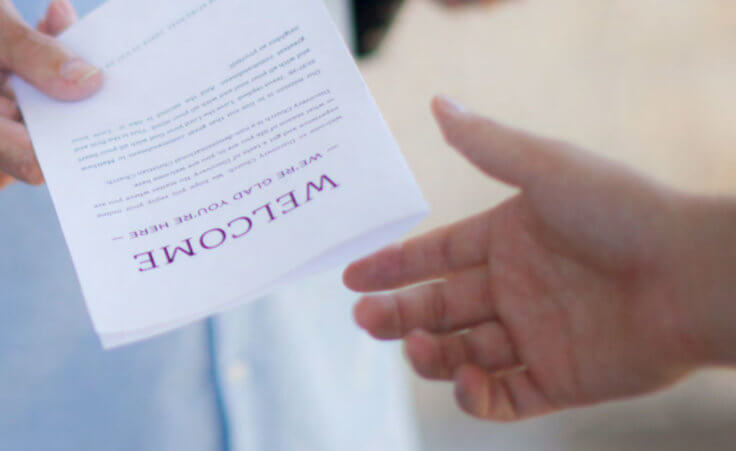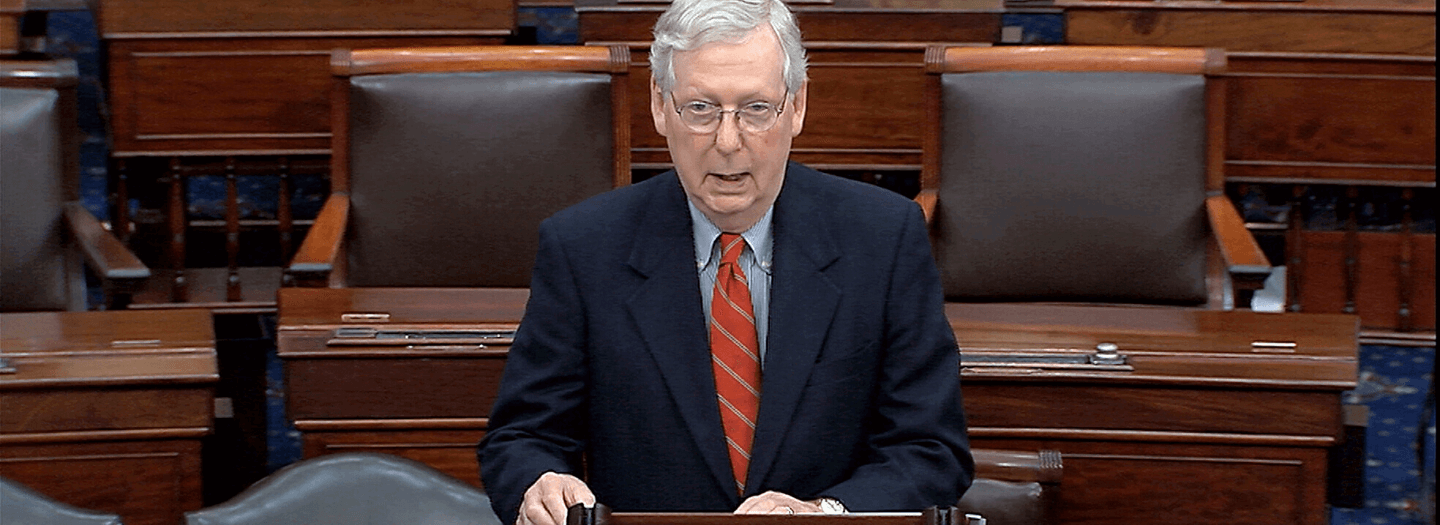
Senate Majority Leader Mitch McConnell speaks on the Senate floor.
Listen to The Daily Article Podcast, then subscribe.
“At last, we have a deal. After days of intense discussions, the Senate has reached a bipartisan agreement on a historic relief package for this pandemic.” This was the announcement by Senate Majority Leader Mitch McConnell early this morning, describing a historic $2 trillion stimulus deal.
Senate Minority Leader Chuck Schumer called it “the largest rescue package in American history.” The full Senate will vote on the package later today. In anticipation of the agreement, the stock market yesterday had its best day since 1933, surging more than 2,100 points. Global markets are soaring this morning as well.
This is very good news. Here’s the bad news: according to the World Health Organization, the US could become the new epicenter of the coronavirus pandemic. This is because, as the WHO noted yesterday, we are seeing “a very large outbreak and an outbreak that is increasing in intensity.”
Their statement points to the question everyone is asking: How long will this last? The question is even more urgent than it seems.
George Friedman brings clarity to our crisis
I have long followed and appreciated the work of geopolitical analyst George Friedman. In a recent column, he explains the current crisis with his usual clarity.
Friedman notes that at the moment, there are four distinct systems operating in the United States: the medical, the economic, the social, and the political. The medical system is seeking to limit the disease, infections, and deaths. As yet, it has developed no cures or preventatives.
It is asking for what it needs: supplies, equipment, and tests, but its countermeasure at present is the social. Since the disease appears to be spread primarily through human contact, the emphasis of the medical system has been to limit human interaction.
This approach, however, is drastically affecting our economic systems. As Friedman notes, “Much of the economy cannot be sustained with social distancing.” We are already seeing dire warnings that entire industries such as the airlines could collapse.
As a result, the political system is seeking to ameliorate the economic consequences of the pandemic, as the legislation announced this morning demonstrates.
Here’s the problem: as Friedman notes, “It will take time for the medical system to develop a vaccine. The economic system cannot withstand social distancing for that long without consequence. The social system cannot withstand the stress of isolation coupled with fear of poverty. The stresses snowball. And no one is to blame as it appears that there is no solution.”
Three sources of hope
The Washington Post points to preliminary, anecdotal evidence that warm, humid weather could slow the virus. This could mean that the pandemic could ease in parts of North America and Europe during the summer. However, it could “come roaring back in the fall.”
Another hope is for medical interventions that could prevent the disease, or lessen its symptoms, or cure it. Some medicines now in trial could be available soon. But, as this article explains, a vaccine could take a year before it could be used by the general population; other trials could take several months or more.
A third approach combines the medical, social, economic, and political. Writing in the Atlantic, Yural Levin states that our goal should be to “enable a soft return toward normalcy, starting soon. That return will be slow and gradual; it will look different in different places, and it will mean living with the virus, not putting it behind us.”
One part of this return is to “prioritize the exploration of treatment options that could reduce the severity of the worst cases and lower fatality rates.” His approach also requires ways of prevention that allow people to resume their lives. His aim is to make the current and urgently needed phase of social distancing “last weeks, not months” and to “enable a gradual, soft, uneasy return to work, school, commerce, and culture.”
The problem with a magic bullet
I don’t know any more than you do about whether summer weather and/or medical regimens will slow or stop the pandemic. Nor do I know whether Levin’s proposal will or should be adopted.
Here’s what I do know: our ultimate hope is not in any of the above.
Let’s say a researcher finds a so-called magic bullet tomorrow, an existing drug that doesn’t need FDA approval but serves to vaccinate us from coronavirus and end its symptoms. The world will still be grieving more than 18,963 deaths (as of this morning). Our economies will still take months to recover, if they do recover fully.
And the mortality rate will still be precisely what it was before SARS-CoV-2 began ravaging the world.
Our hope as Christians always has been and always will be in the love and provision of our Lord. He assures us that when we pass through waters, rivers, and fires, “I will be with you” (Isaiah 43:2). Even if we must walk through “the valley of the shadow of death,” he is with us (Psalm 23:4). He meets our needs by his grace (Philippians 4:19), offers us his sustaining joy and peace (Philippians 4:4–7) and, one day, leads us to our eternal home (John 14:3).
As we wait for medical, social, financial, and political help, let’s remember with Charles Spurgeon that “without Christ there is no hope.” But if our hope is in our Lord, as William Law suggested, we can “pray and let God worry.”
Will you?
NOTE: Are you familiar with the term theodicy? In so many words, it’s the answer to the question of why a good and loving God allows evil, pain, and suffering to exist.
In our newest book, Making Sense of Suffering, my son Ryan and I discuss a fourfold biblical approach to understanding theodicy—but we carry that answer to its practical application by providing you with seven ways to help hurting people.
It’s our sincere prayer that you might find this book helpful the next time someone you love is hurting. Please request your copy today.

